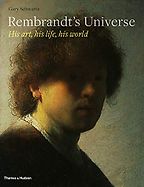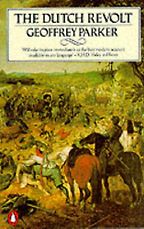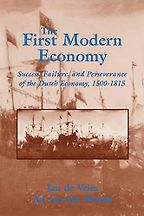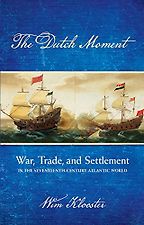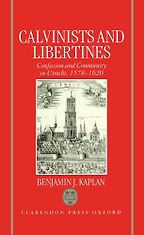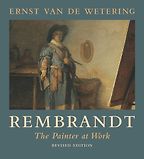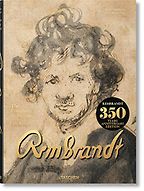Books by Gary Schwartz
“There are dozens of books about Rembrandt, hundreds, actually, but Gary Schwartz’s book stands out for me, because it is an attempt to see Rembrandt for the genius that he undoubtedly was, but in the social context in which he operated. And for me, as a social and economic historian, what is also interesting is Schwartz’s interest in what you might call the ‘business model’. How does Rembrandt earn an income? And what impact has the fact that he loses many of his patrons in the course of his career had on the work that we now have?” Read more...
The best books on The Dutch Golden Age
Maarten Prak, Historian
Interviews where books by Gary Schwartz were recommended
-

1
The Dutch Revolt
by Geoffrey Parker -

2
The First Modern Economy: Success, Failure, and Perseverance of the Dutch Economy, 1500–1815
by Ad van der Woude & Jan de Vries -

3
The Dutch Moment: War, Trade and Settlement in the Seventeenth Century Atlantic World
by Wim Klooster -

4
Calvinists and Libertines: Confession and Community in Utrecht, 1578-1620
by Benjamin J. Kaplan -

5
Rembrandt's Universe: His Art, His Life, His World
by Gary Schwartz
The best books on The Dutch Golden Age, recommended by Maarten Prak
The best books on The Dutch Golden Age, recommended by Maarten Prak
The Netherlands witnessed a flourishing in the late 16th and first half of the 17th century, leading the world in technology, commerce and the arts, particularly painting. Historian Maarten Prak recommends five books to help you understand why the Dutch Golden Age saw the invention of stock exchanges and why it produced Rembrandt, too.
The best books on Rembrandt, recommended by Onno Blom
Though he left more self-portraits to posterity than practically any Old Master, there remains an air of mystery around Rembrandt the man—even on the 350th anniversary of his death. Piecing together the very few personal letters and documents left behind, Onno Blom has now reconstructed Rembrandt’s formative years in Young Rembrandt. Here he guides us through five of the most authoritative—and imaginative—accounts of the artist.
